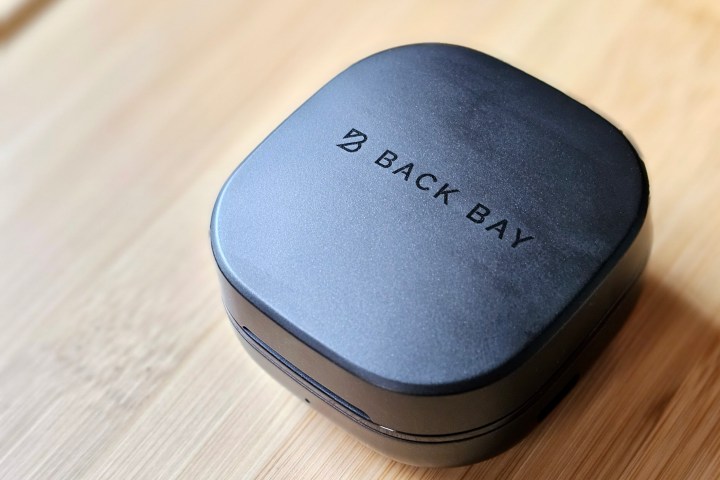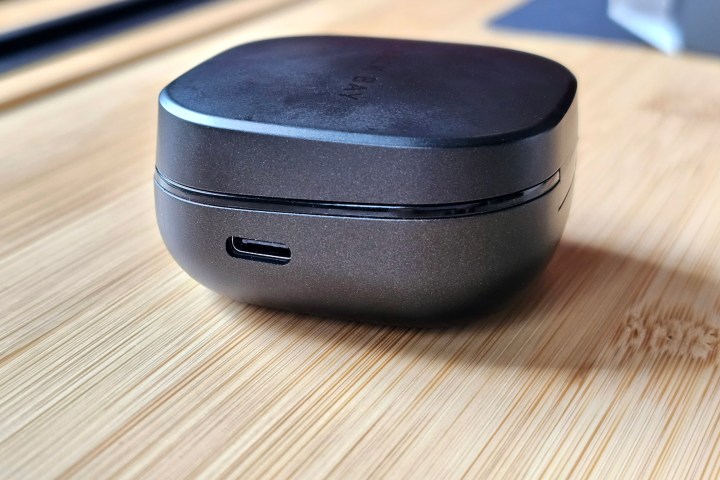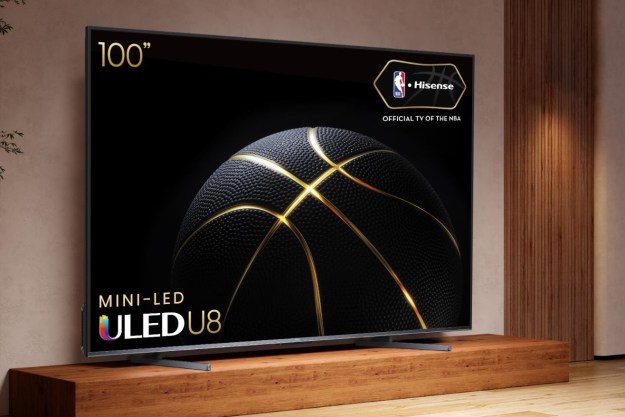
“The Back Bay FirstClass 70 sound as good as wireless earbuds that cost nearly double the price.”
- Very affordable
- Comfortable fit
- Big, bold sound
- Very effective noise canceling
- Good transparency mode
- Middling battery life
- Many missing features
- No companion app
We’re well into the second era of wireless earbuds, where new features are constantly added, including spatial audio, head tracking, fitness tracking, and much more. But what if you want a set of wireless earbuds that deliver great sound and noise cancellation, with no extra frills, and for a reasonable price?
If you check out our list of the best headphones and earbuds under $100, you’ll find several that fit the bill. But even among this collection of products, Back Bay’s new FirstClass 70 wireless earbuds stand out. I’ve spent the last three weeks with them. And while they lack a lot of bells and whistles — heck they lack almost every bell and whistle — I keep grabbing them as I head out the door. Here’s why.
Back Bay FirstClass 70: design
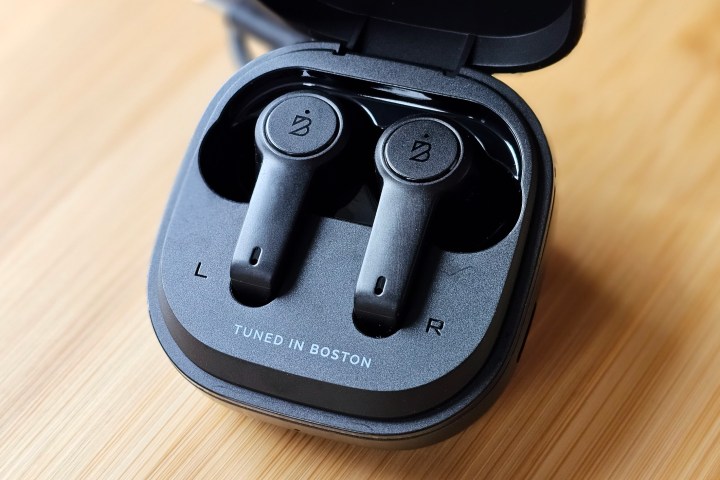
Henry Ford would be proud: You can order the FirstClass 70 in any color, as long as it’s black. And, like that first Ford car that changed transportation forever, the FirstClass 70 are a statement in utility. They’re IPX5-rated for water resistance — just enough to keep them protected from everything short of a swim in the toilet. Their simple, stem-based shape makes them look like a million other wireless earbuds (they remind me of JLab’s Epic Air series), and their charging case is equally free of adornment.
It’s the clamshell design that gives you easy access to the earbuds. The magnets in the charging sockets are strong enough to keep the earbuds in place and easily align them when you drop them back in.
Charging is done via the included USB-C cable — there’s no wireless charging.
Back Bay FirstClass 70: comfort, controls, and connections
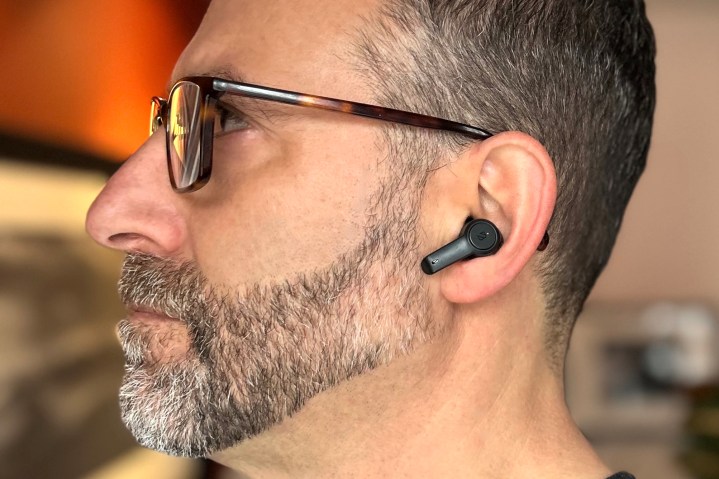
The biggest benefit of a stem-shaped design is that it tends to be more comfortable for more people. (It’s no accident that Apple’s AirPods are all shaped this way.) If you’ve found stem designs comfy in the past, you’ll probably find the FirstClass 70 are comfy, too. I’ve been able to wear them for hours without complaint.
Back Bay includes four sizes of silicone eartips to help with getting a good fit. Normally, I’d recommend going with whatever feels comfortable. But I’ve found that with Back Bay earbuds, sound quality can be hugely impacted by the eartips you choose. Be prepared to try another size even if the default mediums feel OK.

The FirstClass 70’s touch controls work well. It’s easy to locate the touch surface (the circle at the top of the earbud) and a confirmation tone or message accompanies every gesture.
They can’t be modified using a companion app, because there is no companion app. Still, they cover all of the most-used commands: play/pause, skip forward, volume up/down, call answer/end, ANC/transparency, voice assistant access, and EQ mode. The only thing missing is a skip back command. You also don’t get wear sensors for music auto-pause.
Wireless range and reliability has been very good — well within the 20 to 30 feet indoors that I’d expect from most earbuds. Sadly, Bluetooth Multipoint is not available, so if you want to switch devices, you’ll need to manually disconnect and reconnect.
Back Bay FirstClass 70: sound quality
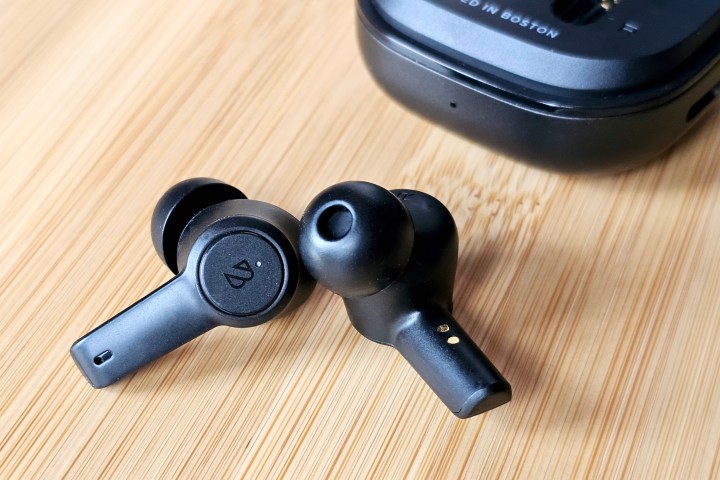
If there was ever a time when “cheap” earbuds could get a pass by only offering passable sound quality, Back Bay has closed that window. The FirstClass 70 don’t just sound good for the price — they sound as good as many wireless earbuds that cost nearly double their price.
Bass response is especially strong (again, eartip sizing is key), and I was impressed by the width and resolution of the soundstage. Highs are clear, the midrange possesses a good amount of detail, and distortion is almost nil.
The sound signature works with a wide variety of music genres. Over my time with these buds, I kept hitting Apple Music’s My Station, which does a really good job of randomly throwing tracks together from genres I’ve listened to before — lots of old favorites combined with some I’ve never heard — and the FirstClass 70 never disappointed.
With no companion app, there are no EQ presets or manual equalizer control, but the FirstClass 70 do have a bass-boost mode that can be enabled with a triple tap on the right earbud. It definitely delivers more low end, but I found it to be completely unnecessary — the default tuning has more than enough punch for my liking.
Back Bay FirstClass 70: noise cancellation and transparency
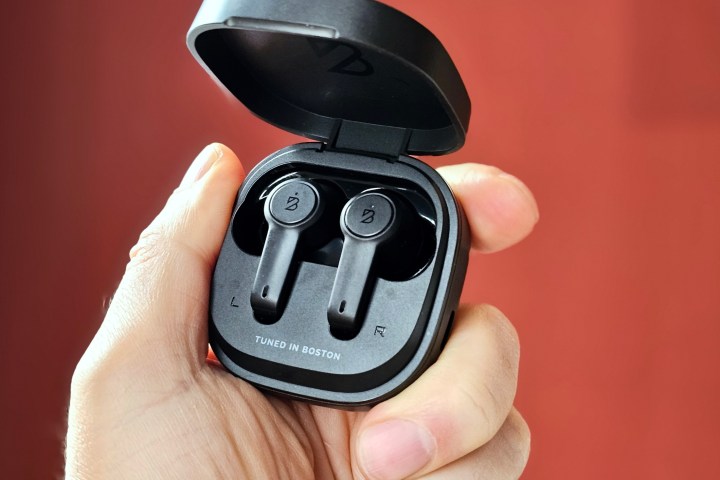
The biggest surprise, considering the FirstClass 70’s price, is their noise cancellation capability. So many budget earbuds promise to cancel noise and then utterly fail to deliver. Back Bay’s claim of 98% cancellation of noise might be over the top, but these earbuds do a fantastic job of filtering out sounds. To get a noticeably better result, you’ll need to spend AirPods Pro or Bose QuietComfort Ultra Earbuds money ($249 to $299).
Their transparency mode is also very good — more than adequate for being able to hear the world around you clearly. It’s less good at keeping your own voice sounding natural, but only the very best wireless earbuds excel in this area.
My only criticism is that the long-press on the left earbud needed to switch ANC modes cycles you through ANC on, transparency, and ANC off, without the option of just toggling between ANC on and transparency modes.
Back Bay FirstClass 70: call quality
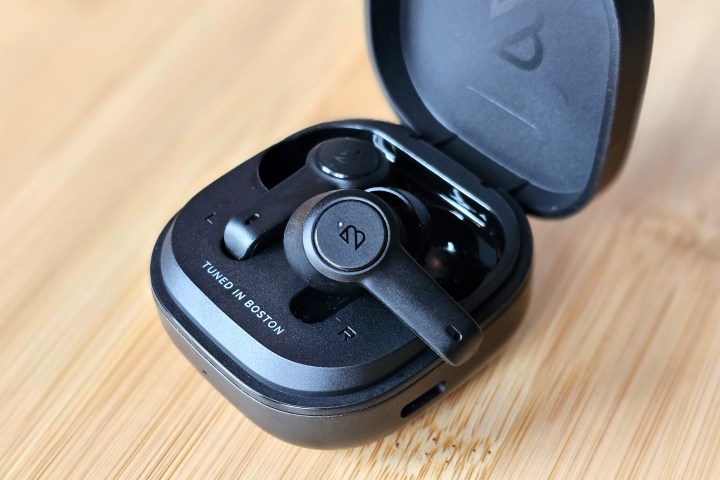
Calling on the FirstClass 70 is a mixed experience. On the one hand, they do a very good job of suppressing sounds around you that would make it hard for your callers to hear you. But on the other hand, the combination of microphone gain (which feels like it’s set a bit too high) and the environmental noise-canceling algorithm creates some distortion, keeping your voice from sounding completely clear.
In quieter locations, these things are much improved, but the mic gain can create some unwanted sibilance.
Back Bay FirstClass 70: battery life
Back Bay says you’ll get 5.5 hours of playtime with ANC off (22 hours total with the charging case), or 4.5 hours (18 hours total) when it’s on. Either way, playing music at louder than 50% volume will reduce these numbers further.
There is a quick-charge feature that gives you an extra hour of playtime after 10 minutes of charging, but the FirstClass 70 won’t win any awards for endurance.
In the sub-$100 wireless earbuds category, the more you save, the more features you must give up. The question is, which features matter most? I’d argue that the Back Bay FirstClass 70 nail the ones that most folks would put at the top of their list: comfort, sound quality, and noise cancellation. And for a set of wireless earbuds that only set you back about the price of a night for two at the movies, that’s a pretty sweet deal.

